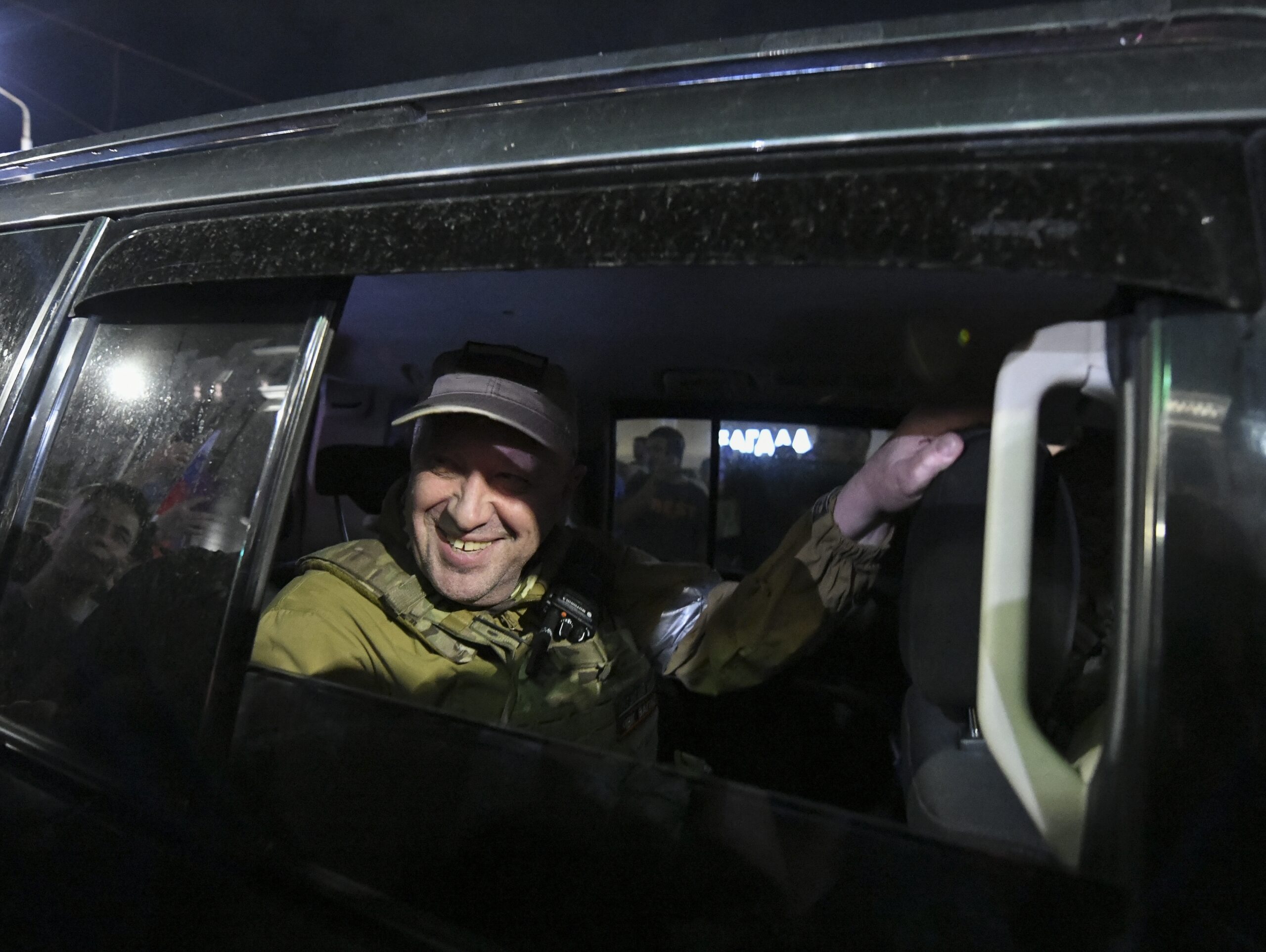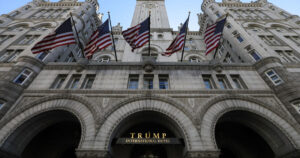Key takeaways:
- Michael Kofman believes the Wagner Mutiny was an attempt to follow the classic imperial model of a revolt.
- Tatiana Stanovaya believes the uprising was an attempt to send a message to the Kremlin.
- The dramatic weekend was captured in a series of images, serving as a stark reminder of the power of the mercenaries.
In a shocking turn of events, an armed uprising by the Wagner mercenary group has posed an unprecedented challenge to President Vladimir Putin’s 23-year rule in Russia. Led by Yevgeny Prigozhin, the mercenaries seized control of a southern city that serves as one of Russia’s main military headquarters for the war in Ukraine and threatened a direct confrontation with the Kremlin before turning back.
Michael Kofman, an expert on the Russian military at the Center for Naval Analysis, has provided a thread of analysis on the incident. Kofman believes that the Wagner Mutiny was an attempt to follow the classic imperial model of a revolt, in which the rebels attempt to seize control of a city and then use it as a bargaining chip to negotiate with the government.
Tatiana Stanovaya, another widely respected Russia analyst, has also provided her own analysis of the incident. Stanovaya believes that the uprising was an attempt to send a message to the Kremlin that the mercenaries are a powerful force that should not be underestimated.
The dramatic weekend was captured in a series of images that show the Wagner mercenaries marching towards the Russian capital. While the uprising was ultimately unsuccessful, it has served as a stark reminder of the power of the mercenaries and the potential for further unrest in the future.



Be First to Comment